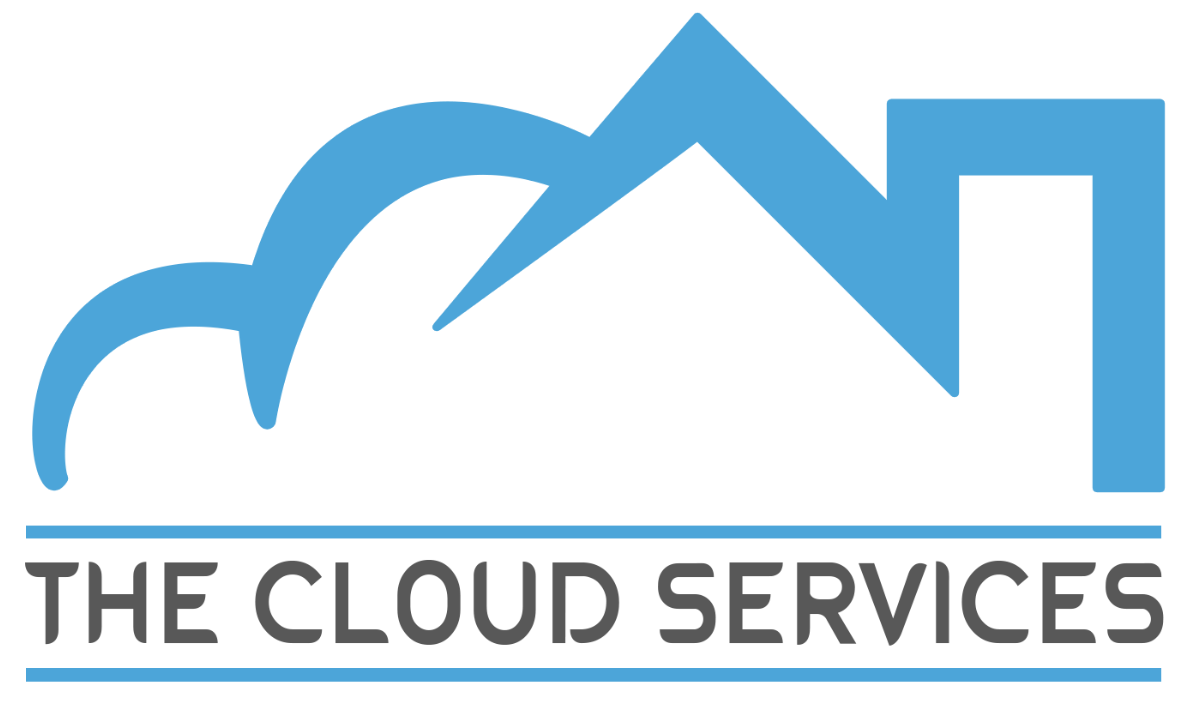Seepage is one of the very common and frustrating problems of many households it is the reason of many other issues like bubbled paint and marks of water in the ceiling and walls of the house or it can be worse and make water to drop from ceiling and walls.
It is not only damage your house but It can be a reason of some kind of allergies due to fungal and bacteria in the result of moist and dampness
Finding the actual cause of seepage is a difficult and frustrating process but to avoid all these issues and protect your house from future damage you need to find out the actual reason of leakage
Here are some common causes of seepage
Dripping of water due to leaky drainage and water pipes of your own house or it can also be due to leakage in pipes of your neighbor’s property. If it is due to leakage of water pipes then you can see the clear water droplets from the wall.
Due to the bad plumbing work, the hoses and joints of pipes are not attached properly and then cause leakage of water
It can also be due to leakage of water into the floor tiles of kitchen and bathroom above you It starts seeping from the wall and roof close to bathroom and kitchen, it can be easily fixed by grouting the floor above you with putty.
Water under the ground is also the reason for seeping it is due to the heavy precipitation which causes the water to overfill the soil extremely and put the pressure on the foundation of the building this excess water under the ground ends up in cracks and make a way for leaks this seepage is very common in high-pressure areas because of heavy rain or snowfall
Water under the ground has no other way to go so it gathers and create a hydrostatic pressure and this pressure force the water to move upward into any crack
Air conditioning units at your house can also cause water leakage they built up the moist inside the ducts if not serviced regularly and the drain line clogged with dust and mold
Check your home regularly if you find any seepage then spot the right cause of leakage and get it fixed in its initial stage to avoid additional damages, highest repair and maintenance cost


